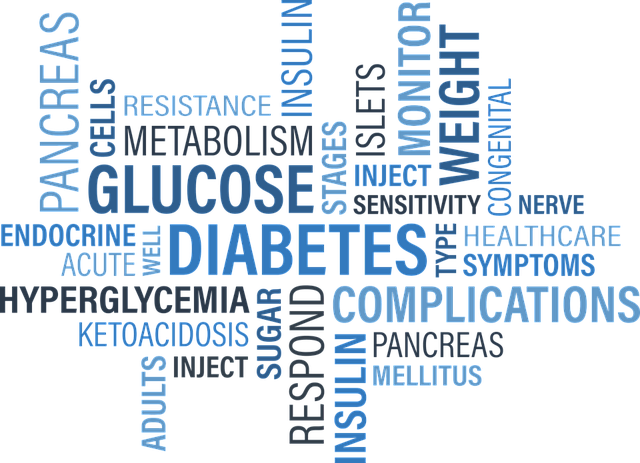Diabetes has become a threat, especially in the developed world. It is increasing at a high rate because of the lifestyle trends, precisely the eating habits. This deadly pandemic has therefore become prevalent in many parts of the U.S. There are many other causes apart from the food. In some cases, people acquire it through hereditary cycles.
Diabetes and insulin relationship cannot be overlooked – they work together. Insulin has various roles in our bodies, the most important being regulation of blood sugar within the body. Well, let’s look at how both work together.
Types of Diabetes and Causes
Before checking on the diabetes-insulin relation, it’s good to know the types and causes of the disease. At least 34 million Americans are diabetic, 90 – 95% having type 2. There are two types of diabetes:
- Diabetes Type 1: Unfortunately, this type is chronic and it appears at any stage. Children, adolescents, and young adults are mostly to be diagnosed with this type. The rate of type 1 is rapidly increasing around the world.
About 1.25 million Americans are living with this diabetes type. However, it is not easy to know if one has this type, unless one goes for a medical test.
The cause of type 1 Diabetes is uncertain but the autoimmune reaction is largely associated with the occurrence. The body mistakenly attacks itself. Currently, there is no certain prevention of type 1 diabetes.
- Diabetes Type 2: This type mostly affects people over 40 years, but even children are not secure from it either. Blood sugar is too high in this type, and the body doesn’t make insulin or it doesn’t use it well. Liver, muscle cells, and body fats stop responding correcting insulin, a condition called insulin resistance.
Though it is commonly associated with overweight and obese people, type 2 can affect anybody regardless of body type.
Role of Insulin in Diabetes
Insulin plays an important role in diabetes. Your body has millions of cells, which need food to make energy. After eating, the food is broken into glucose, a simple sugar. Then the glucose is used by the body for energy for everyday activities.
The work of insulin is to control glucose in the body cells. The pancreas is the organ that releases insulin. The pancreas releases insulin when there is a huge amount of glucose. This is to push the sugar into the body cells, making the glucose level drop.
Conclusion
Diabetes and insulin cannot be separated – one works for the other. Understanding how they both work is important so that one protects the liver at all costs. The rising levels of diabetes can be cut through healthy dieting, exercise and routinely checkups to take heed of the preventive measures before it’s too late.


